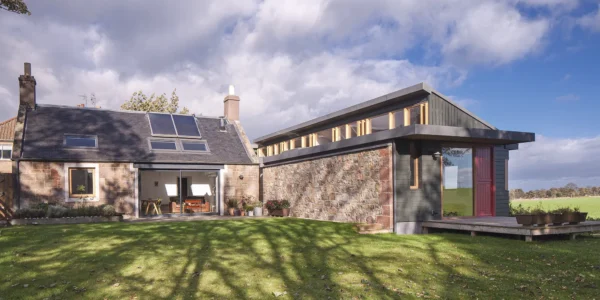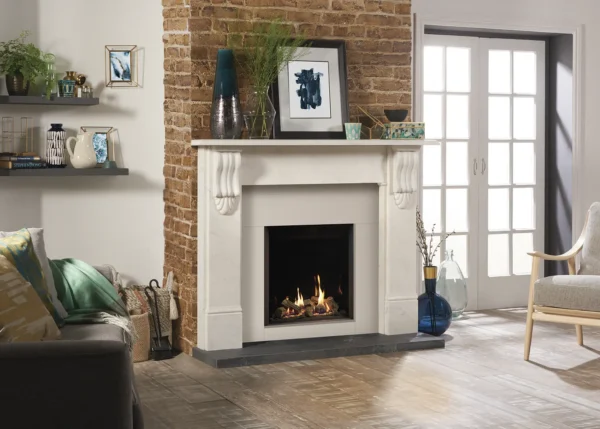Q&As
Can I Install MVHR on a Renovation Project?
I am currently extending and changing the layout of my 1935 detached property, which had a dormer conversion back in 1999.
I am planning to increases the insulation in the dormer conversion by stripping back plasterboard etc. I also plan to insulate under the suspended floors, with ridged insulation boards, when I refit the floors and plasterboards.
I intend to try and seal all junctions with tape and a layer of OSB will be placed under the plasterboard in the dormer conversion. I am not insulating the cavity (looked at foam but was advised against) and I don't think I will have the budget or space to internal /externally insulate the walls which are brick cavity (average 70mm) rendered in sand and cement.
I recently had new triple glazed windows installed which have no trickle vents. Heating is condensing boiler to radiators and a sealed wood burner stove.
My confusion arises when looking at how to ventilate the property to meet Building Regulations. I was intending to install a MVHR system but don't feel like I am getting honest opinions for the suppliers as to the pros and cons of retrofit.
Can I, and should I, install a MVHR system? I am aware of the fact they work best if the house is as airtight as possible, but I am not sure how airtight I can make the house or how a system will perform if airtightness isn't perfect.
Any suggestions on installing MVHR systems or alternatives other than trickle vents would be gratefully received.





































































































You are right to think that Mechanical Ventilation and Heat Recovery (MVHR) systems work best in more airtight properties and I would argue that fitting one in an older property would only make sense if the house had been completely modernised and sealed with the airtightness level confirmed with a test.
While you are putting a lot of effort into adding insulation and sealing the gaps I’m not sure it would be enough to justify the additional cost and hassle of retrofitting MVHR because it’s difficult to seal up all of the potential air leakage points in an older property.
That said, improving the airtightness and installing a wood burner will mean running the risk of inadequate ventilation and building up condensation issues for the future.
I think the best answer would have been trickle vents, but having replaced the windows already, that option is no longer cost effective so a basic MVHR system might be justified.
In situations like this, I turn to my pal Clarissa at http://www.totalhome.co.uk who can do the necessary calculations and who I know would offer sensible advice.
Mike Hardwick,Build It expert